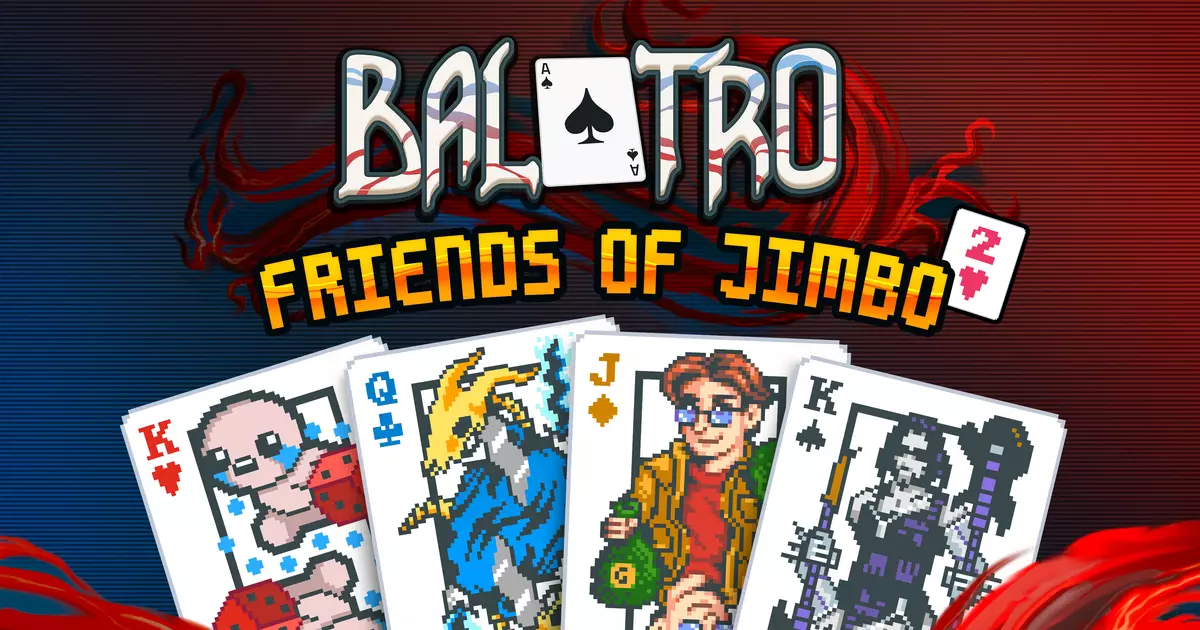My journey with Balatro began with an hour of exploration, during which I found an enjoyable experience that triggered my enthusiasm. However, this sense of enjoyment soon dissipated, leading me to uninstall the game shortly after. This might come off as a familiar refrain to seasoned gamers: the allure of a new title often fades faster than one would wish when compounded by the inherent traps hidden within. It’s a tale as old as time in the gaming world; one in which many players might find themselves entrapped by the very mechanics designed to keep them hooked.
A New Update and Thematic Elements
Recently, Balatro has released a free update that introduces a fresh layer to the gameplay through a new array of themed card art. Inspired by iconic games like Binding of Isaac, Cyberpunk 2077, Stardew Valley, and Slay The Spire, these card skins might spark excitement for some. However, the added visual diversity remains purely cosmetic, serving as mere window dressing without altering any fundamental gameplay mechanics. An in-game “Customize Deck” settings menu allows players to toggle between the original and updated art, but the question lingers: does this cosmetic change genuinely enhance gameplay, or is it just another shiny object to distract from the underlying experience?
Reflecting on the Community’s Reception
Despite my fleeting connection to Balatro, colleagues from the Rock, Paper, Shotgun (RPS) community dove much deeper into its tactical depths. Notably, Katharine’s review lauded the game, presenting it as an exhilarating playground where players could revel in relentless number-crunching. She articulated a perspective that Balatro transcends mere gameplay; it encapsulates the thrill of mastering complex systems against overwhelming odds. One may argue that this inherent joy and the invitation to scrutinize the game’s framework are commendable qualities that foster a rich gaming experience.
Nevertheless, one has to ask: is the celebration of dissecting game mechanics enough to offset the initial cautionary feelings I experienced? And while Katharine’s praise paints a rosy picture, it begs the question of longevity. Enthusiastic reviews often illuminate the game’s positives, yet they may neglect to address compatibility with varying player motivations, particularly for those like myself who seek more meaningful engagement rather than fleeting highs.
As I reflect on Balatro and its updates, I remain skeptical of the game’s potential to cultivate enduring relationships with players. I acknowledge that for some, the exuberance of mastering the game may outweigh the initial reluctance to engage deeply. However, in the broader gaming landscape littered with possibilities, not all are prepared to cling to a monkey on their back for the sake of consumption. While Katharine’s insights resonate with a niche audience, I question if they apply universally.
Balatro offers a vibrant experience peppered with potential, yet the reliance on cosmetic updates and fleeting gameplay dynamics risks alienating those in search of deeper, overarching connections. It’s essential to remember that while some players may celebrate Balatro’s mechanics, others, like myself, may find it a mere distraction amidst a world of gaming options.

